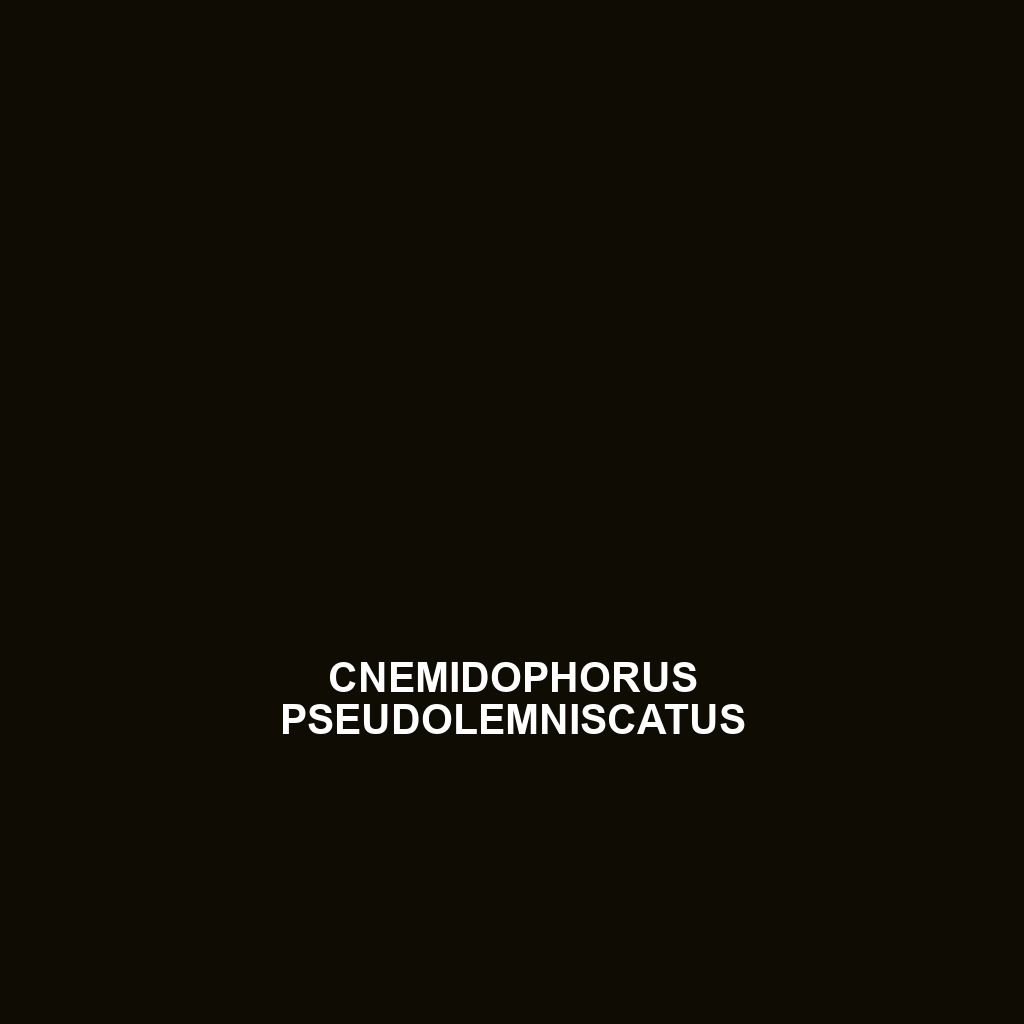Crotalus viridis, commonly known as the Western Rattlesnake, is a robust and stocky snake native to western North America, characterized by its distinctive olive, tan, and gray coloration, a signature rattle at the tail, and a diet primarily consisting of small mammals and birds. This species thrives in diverse habitats, including deserts, grasslands, and rocky hillsides, playing a vital role in the ecosystem as both predator and prey.
Tag: IUCN Least Concern
Crotalus tzabcan
The Crotalus tzabcan, or tzabcan rattlesnake, is a medium-sized species found in the arid regions of southeastern Mexico, thriving in dry scrubland and rocky outcrops. Characterized by its light brown to gray coloration with distinct blotches, this nocturnal predator plays a crucial role in controlling rodent populations through its ambush hunting strategies and venomous bite.</p>
Crotalus oreganus
Discover the Western Rattlesnake (Crotalus oreganus), a striking serpent found across the western United States, known for its distinctive rattle, vibrant coloration, and crucial role in its ecosystem as both predator and prey. This species thrives in various habitats, from deserts to forests, and demonstrates fascinating behaviors, including ambushing prey and controlling venom levels during strikes.
Cordylus vittifer
Discover the fascinating Cordylus vittifer, a medium-sized, insectivorous lizard native to the rocky outcrops and savannas of southern Africa, known for its unique coloration, spiny dorsal ridge, and impressive camouflage. This resilient species plays a crucial role in controlling insect populations while exhibiting intriguing defense mechanisms and reproduction behaviors.
Cnemidophorus pseudolemniscatus
Cnemidophorus pseudolemniscatus Common Name: Cnemidophorus pseudolemniscatus Scientific Name: Cnemidophorus pseudolemniscatus Habitat Cnemidophorus pseudolemniscatus is primarily found in the dry and arid regions of Central and South America. Its range includes countries such as Guatemala, Honduras, Nicaragua, and parts of Costa Rica. This species often inhabits sandy or rocky terrains, often seeking shelter in bushy areas […]
Copeoglossum nigropunctatum
Copeoglossum nigropunctatum: An Overview Common Name: Copeoglossum nigropunctatum Scientific Name: Copeoglossum nigropunctatum Habitat Copeoglossum nigropunctatum, commonly known as the black-spotted skink, primarily inhabits various regions across Central America, particularly in countries such as Costa Rica and Panama. This species is often found in tropical forests, grassy areas, and near water bodies where it can bask […]
Crotalus durissus
<h2><b>Short Description:</b></h2> <p>The Crotalus durissus, or South American rattlesnake, is a large, venomous snake found across Central and South America, known for its distinctive rattle, diverse coloration, and critical role as a predator in its ecosystem. This fascinating species is ovoviviparous, giving birth to live young while primarily feeding on small mammals and exhibiting intriguing nocturnal behaviors.</p>
Crotalus cerberus
Discover the Crotalus cerberus, or Mexican Gaboon viper, a striking snake native to the arid regions of Southwestern U.S. and Mexico, recognized for its bold patterns and nocturnal hunting behavior. This species plays a crucial ecological role as a predator of small mammals and is important for maintaining balance in its habitat.
Crocodylus johnstoni
Discover the <i>Crocodylus johnstoni</i>, or freshwater crocodile, native to northern Australia, featuring a slender body, distinctive coloration, and diurnal behavior. These apex predators play a vital role in their ecosystems by controlling fish populations and maintaining ecological balance.
Cricosaura typica
Cricosaura typica: A Comprehensive Species Overview Common Name: Cricosaura typica Scientific Name: Cricosaura typica Habitat Cricosaura typica, commonly known as the typical day gecko, primarily inhabits the humid tropical rainforests of Madagascar. Its geographic range includes the lush regions of the eastern Madagascar rainforests, where it thrives in both primary and secondary forests. This species […]









